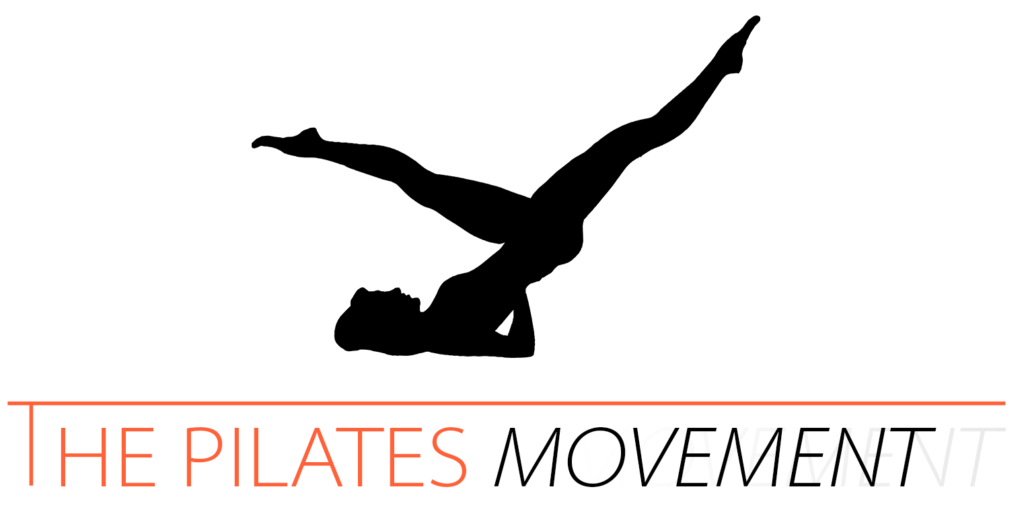We all know the struggle: between juggling work, family, social commitments, and self-care, our lives are a balancing act that could put any circus performer to shame. Often, it’s our evenings that bear the brunt of this daily whirlwind, transforming from a time of relaxation to a period of catching up on the never-ending to-do list. But here’s what research is increasingly highlighting: how you spend your evenings sets the tone for the next day.
So, how do we turn our evenings into a time of rejuvenation? Let’s dive into the power of an evening routine that can gift you with better mornings (and days!).
Why Evening Routines Matter
Our brains love consistency. Establishing a regular evening routine sends a signal that it’s time to wind down, making it easier to fall asleep and improve sleep quality. As a result, you wake up feeling refreshed, alert, and ready to conquer the day. 🌈
The benefits don’t stop there. The sense of calm and control that comes from an evening ritual can reduce cortisol levels, mitigating stress and elevating your mood. Talk about a win-win for your mental health!
Meet Your Better Morning
Self-care, movement, and slowing down; these are the three pillars of an evening routine that can make all the difference in setting you up to be able to handle whatever comes your way in the morning.
How you unwind in the evening has a ripple effect, cascading into how you feel, act, and react the next day. Just imagine waking up, not to chaos, but to a calm environment. No mad scramble for missing keys or breakfast on the go.
Instead, you find a moment to savor your morning coffee, glance at your well-thought-out to-do list, and step out into the world with confidence and grace.
You’ve heard about the importance of self-care and you know how movement is key to longevity, less stress and a happier self.
But where do you start? Let’s explore do-able ways of incorporating these elements into your day and evening routine.
Self-Care: A Dose of ‘You Time’
Mindful Eating: Opt for a lighter meal that’s easy on the stomach and avoid eating too close to bedtime. Foods rich in tryptophan, like turkey, can boost serotonin levels and make you feel relaxed – double win!
Skincare Ritual: A skincare routine is not just great for your complexion; it can also be incredibly meditative. It’s also a great time for gratitude reflection as you apply your products and slow down your thoughts.
Digital Detox: Studies show that reducing screen time at least an hour before bed can lead to better sleep. So, replace that late-night Instagram scrolling with a good book or journaling.
Movement: A Symphony of Stillness and Energy
Stretch It Out: Gentle stretching or a 15-minute yoga session can release muscle tension and improve circulation.
Breathing Exercises: Techniques like the 4-7-8 breath can activate your parasympathetic nervous system, making you feel more relaxed.
Take an evening stroll: When you expose your eyes to sunlight at dusk, it signals to your body that it’s time to start winding down and preparing for sleep. This can help you fall asleep more easily and improve the quality of your sleep (remember never look directly at the sun!)
Slowing Down Your Body and Mind
Guided Meditation: Spend a few minutes listening to a guided meditation specifically designed for relaxation or sleep. This can help you detach from the stresses of the day and focus on the present moment, making it easier to drift off to sleep.
Journaling: Writing down three things you’re thankful for can shift your perspective and enrich your emotional well-being. You’ve heard it before – but it really does work!
Plan for Tomorrow: A simple act like laying out your outfit for the next day or jotting down the top three tasks can boost productivity and reduce morning chaos!
Remember, your evening routine should reflect you—your needs, your lifestyle, and your dreams. It doesn’t have to be an hour-long extravaganza (unless you want it to be!). The key is to make it sustainable, enjoyable, and aligned with your goals for a thriving life. Why not pick just one or two of the ideas above?
Take time to unwind every evening – your future self will thank you.
References:
Sleep Medicine, “The Impact of Sleep and Circadian Disturbance on Hormones and Metabolism.”
Harvard Health Publishing, “Blue Light Has a Dark Side.”
The Journal of Positive Psychology, “Counting Blessings Versus Burdens.”
Wishing you better evenings for even better mornings. You’ve got this! 💪❤️
